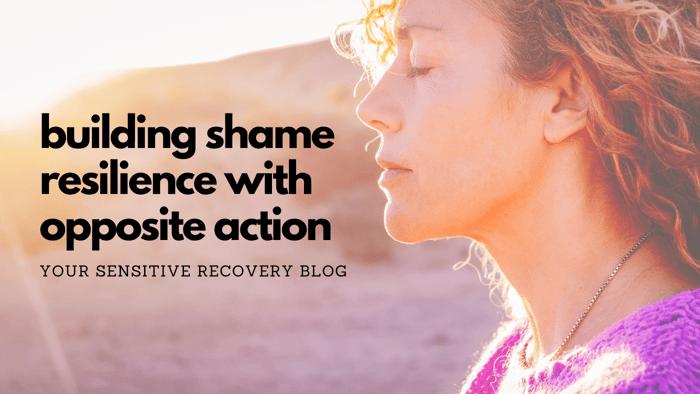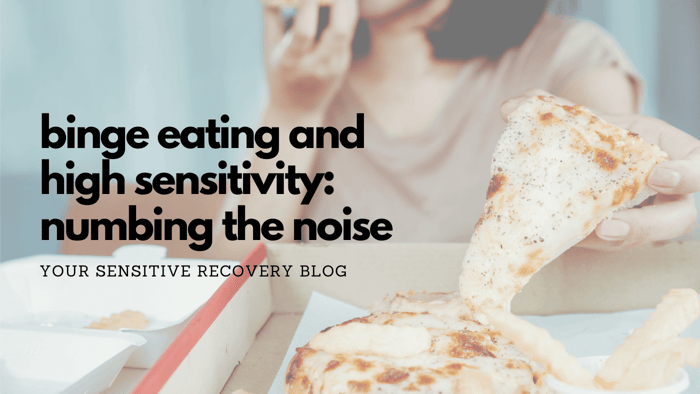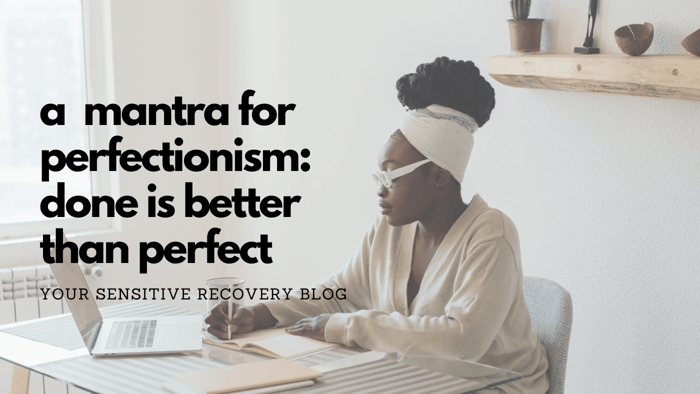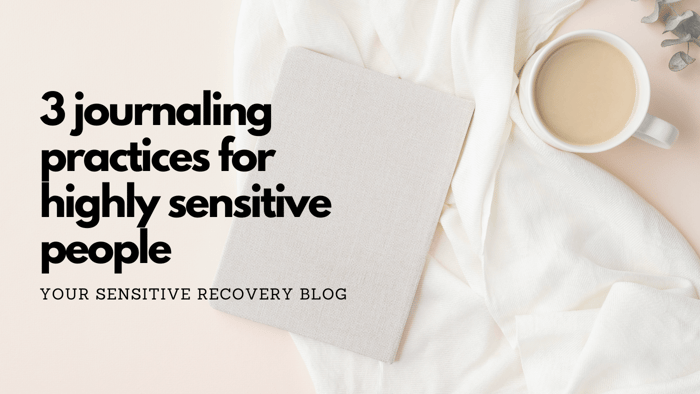One evening at dinner I knocked over my glass of milk. As it spread across the table, my older brother snorted and sarcastically guffawed, "Nice job, Josie" (as siblings do). I could feel my 6-year-old cheeks redden and my heart began to race. I immediately got up from the table and grabbed my favorite blanket from my bed. I returned and ate the rest of my meal in silence, with the blanket over my head.
I was experiencing shame. And my way of dealing with it? Hiding. Literally.
Our emotions influence our behaviors.
We all have our go-to ways of experiencing and expressing our feelings through behaviors. Perhaps when you're depressed you want to skip your therapy session a catch another hour (or 5) of sleep. Or with anxiety, it may look like busying yourself with constant chores. Perhaps guilt and shame may lead to lying to loved ones. These actions are usually automatic and are not given much thought.
Changing our behaviors can influence our emotions.
When I am lost in a shame spiral, the most helpful tool for me is doing the opposite of what I feel like doing, because what I feel like doing is actually reinforcing an unhelpful connection between my feelings and behavior. This is Opposite Action. If I feel like staying home instead of attending a social function, I call a friend and allow them to coax me into going. (Once my friend even came over and helped me get ready, knowing I needed a little extra push.) It's important to note that Opposite Action does not mean denying your feelings - because all feelings are valid.
Opposite Action means choosing actions that align with your values despite your feelings.
Yes, it is much easier said than done. It can feel fairly excruciating to be in the world when you're bombarded by its shame-fueling tactics. Deep breathing when you'd rather throw a dish across the room? Come on. But over time, you're strengthening the connection between emotion and helpful behavior.
Each time you practice Opposite Action, you're gaining invaluable skills for emotional tolerance and regulation.
Try this the next time you're experiencing a difficult emotion like shame.
Ask yourself how you normally behave when you feel the way you're currently feeling. Then, choose something totally different. For example, with sadness, take a mindful walk. Do something kind for someone. Write a letter to a friend. Work on a puzzle. Or when you're anxious, try counting your breaths until you reach 100. Express your worries in your journal. Create a "first-steps" list for something you need to accomplish.
It'll get easier over time. One day you'll look back and notice that you are drawn to what is best for you more quickly and easily than ever before.
Keep up the good work, warriors!
✨ Josie Munroe, LMFT is a licensed therapist and owner of JosieMunroe.com and Your Sensitive Recovery As a recovered clinician and Highly Sensitive Person, she loves supporting others on their journeys to form new, empowered relationships with food, their bodies, and their sensitivity. Join the newsletter for a weekly boost of hope and inspiration. You deserve a recovery that works for you! ✨





